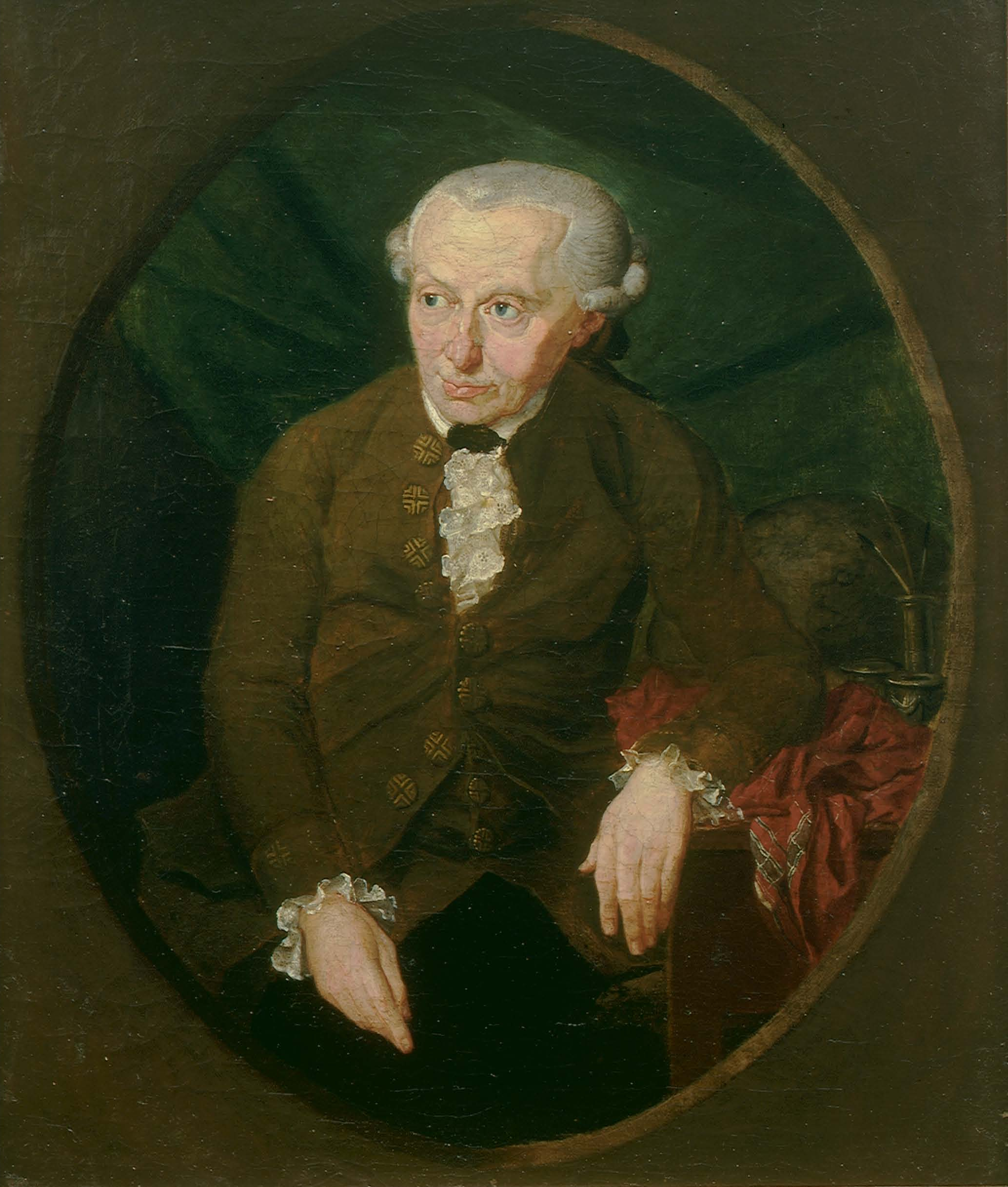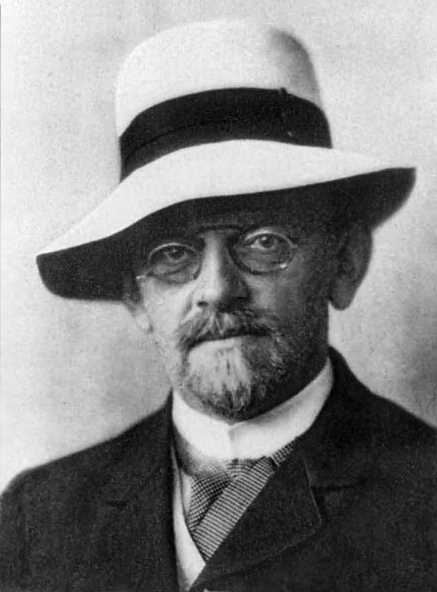|
William James Sidis
William James Sidis (; April 1, 1898 – July 17, 1944) was an American child prodigy whose exceptional abilities in mathematics and languages made him one of the most famous intellectual prodigies of the early 20th century. Born to Boris Sidis, a prominent psychiatrist, and Sarah Mandelbaum Sidis, a physician, William demonstrated extraordinary intellectual capabilities from infancy. Enrolled at Harvard University at age eleven, he delivered a widely publicized lecture on four-dimensional geometry at age twelve and graduated ''cum laude'' in 1914 at sixteen. Despite his early academic success, Sidis deliberately withdrew from public attention following his imprisonment during the First Red Scare and spent the remainder of his life working in anonymity while pursuing private scholarly interests. His extensive writings under various pseudonyms covered topics ranging from cosmology and mathematics to Native American history and urban transportation systems. His unsuccessful priv ... [...More Info...] [...Related Items...] OR: [Wikipedia] [Google] [Baidu] [Amazon] |
Harvard University
Harvard University is a Private university, private Ivy League research university in Cambridge, Massachusetts, United States. Founded in 1636 and named for its first benefactor, the History of the Puritans in North America, Puritan clergyman John Harvard (clergyman), John Harvard, it is the oldest institution of higher learning in the United States. Its influence, wealth, and rankings have made it one of the most prestigious universities in the world. Harvard was founded and authorized by the Massachusetts General Court, the governing legislature of Colonial history of the United States, colonial-era Massachusetts Bay Colony. While never formally affiliated with any Religious denomination, denomination, Harvard trained Congregationalism in the United States, Congregational clergy until its curriculum and student body were gradually secularized in the 18th century. By the 19th century, Harvard emerged as the most prominent academic and cultural institution among the Boston B ... [...More Info...] [...Related Items...] OR: [Wikipedia] [Google] [Baidu] [Amazon] |
Vendergood
William James Sidis (; April 1, 1898 – July 17, 1944) was an American child prodigy whose exceptional abilities in mathematics and languages made him one of the most famous intellectual prodigies of the early 20th century. Born to Boris Sidis, a prominent psychiatrist, and Sarah Mandelbaum Sidis, a physician, William demonstrated extraordinary intellectual capabilities from infancy. Enrolled at Harvard University at age eleven, he delivered a widely publicized lecture on four-dimensional geometry at age twelve and graduated ''cum laude'' in 1914 at sixteen. Despite his early academic success, Sidis deliberately withdrew from public attention following his imprisonment during the First Red Scare and spent the remainder of his life working in anonymity while pursuing private scholarly interests. His extensive writings under various pseudonyms covered topics ranging from cosmology and mathematics to Native American history and urban transportation systems. His unsuccessful priv ... [...More Info...] [...Related Items...] OR: [Wikipedia] [Google] [Baidu] [Amazon] |
United States Court Of Appeals For The Second Circuit
The United States Court of Appeals for the Second Circuit (in case citations, 2d Cir.) is one of the thirteen United States Courts of Appeals. Its territory covers the states of Connecticut, New York (state), New York, and Vermont, and it has appellate jurisdiction over the United States district court, U.S. district courts in the following United States federal judicial district, federal judicial districts: * United States District Court for the District of Connecticut, District of Connecticut * United States District Court for the Eastern District of New York, Eastern District of New York * United States District Court for the Northern District of New York, Northern District of New York * United States District Court for the Southern District of New York, Southern District of New York * United States District Court for the Western District of New York, Western District of New York * United States District Court for the District of Vermont, District of Vermont The Second Circui ... [...More Info...] [...Related Items...] OR: [Wikipedia] [Google] [Baidu] [Amazon] |
James Thurber
James Grover Thurber (December 8, 1894 – November 2, 1961) was an American cartoonist, writer, humorist, journalist, and playwright. He was best known for his gag cartoon, cartoons and short stories, published mainly in ''The New Yorker'' and collected in his numerous books. Thurber was one of the most popular humorists of his time and celebrated the comic frustrations and eccentricities of ordinary people. His works have frequently been adapted into films, including ''The Male Animal'' (1942), ''The Battle of the Sexes (1959 film), The Battle of the Sexes'' (1959, based on Thurber's "The Catbird Seat"), and "The Secret Life of Walter Mitty" (adapted twice, The Secret Life of Walter Mitty (1947 film), in 1947 and The Secret Life of Walter Mitty (2013 film), in 2013). Life Thurber was born in Columbus, Ohio, to Charles L. Thurber and Mary Agnes "Mame" (née Fisher) Thurber on December 8, 1894. Both of his parents greatly influenced his work. His father was a sporadically empl ... [...More Info...] [...Related Items...] OR: [Wikipedia] [Google] [Baidu] [Amazon] |
Sedition Act Of 1918
Sedition is overt conduct, such as speech or organization, that tends toward rebellion against the established order. Sedition often includes subversion of a constitution and incitement of discontent toward, or insurrection against, established authority. Sedition may include any commotion, though not aimed at direct and open violence against the laws. Seditious words in writing are seditious libel. A seditionist is one who engages in or promotes the interest of sedition. Because sedition is overt, it is typically not considered a subversive act, and the overt acts that may be prosecutable under sedition laws vary by jurisdiction. Roman origin In the later Roman Republic, () referred to the offence of collective disobedience toward a magistrate, which included both military mutiny and civilian mob action. Leading or instigating was punishable by death. Civil became frequent during the political crisis of the first century BCE, as populist politicians sought to chec ... [...More Info...] [...Related Items...] OR: [Wikipedia] [Google] [Baidu] [Amazon] |
Red Scare
A Red Scare is a form of moral panic provoked by fear of the rise of left-wing ideologies in a society, especially communism and socialism. Historically, red scares have led to mass political persecution, scapegoating, and the ousting of those in government positions who have had connections with left-wing movements. The name is derived from the Red flag (politics), red flag, a common symbol of communism and socialism. The term is most often used to refer to two periods in the history of the United States which are referred to by this name. The First Red Scare, which occurred immediately after World War I, revolved around a perceived threat from the American labor movement, anarchist revolution, and political radicalism that followed revolutionary socialist movements in German revolution of 1918–1919, Germany and October Revolution, Russia during the 19th and early 20th centuries. The Second Red Scare, which occurred immediately after World War II, was preoccupied with the ... [...More Info...] [...Related Items...] OR: [Wikipedia] [Google] [Baidu] [Amazon] |
World War I
World War I or the First World War (28 July 1914 – 11 November 1918), also known as the Great War, was a World war, global conflict between two coalitions: the Allies of World War I, Allies (or Entente) and the Central Powers. Fighting took place mainly in European theatre of World War I, Europe and the Middle Eastern theatre of World War I, Middle East, as well as in parts of African theatre of World War I, Africa and the Asian and Pacific theatre of World War I, Asia-Pacific, and in Europe was characterised by trench warfare; the widespread use of Artillery of World War I, artillery, machine guns, and Chemical weapons in World War I, chemical weapons (gas); and the introductions of Tanks in World War I, tanks and Aviation in World War I, aircraft. World War I was one of the List of wars by death toll, deadliest conflicts in history, resulting in an estimated World War I casualties, 10 million military dead and more than 20 million wounded, plus some 10 million civilian de ... [...More Info...] [...Related Items...] OR: [Wikipedia] [Google] [Baidu] [Amazon] |
Harvard Law School
Harvard Law School (HLS) is the law school of Harvard University, a Private university, private research university in Cambridge, Massachusetts. Founded in 1817, Harvard Law School is the oldest law school in continuous operation in the United States. Each class in the three-year Juris Doctor, JD program has approximately 560 students, which is among the largest of the top 150 ranked law schools in the United States. The first-year class is broken into seven sections of approximately 80 students, who take most first-year classes together. Aside from the JD program, Harvard also awards both Master of Laws, LLM and Doctor of Juridical Science, SJD degrees. HLS is home to the world's largest academic law library. The school has an estimated 115 full-time faculty members. According to Harvard Law's 2020 American Bar Association, ABA-required disclosures, 99% of 2019 graduates passed the bar exam.Rubino, Kathryn"Bar Passage Rates For First-time Test Takers Soars!" February 19, 2020. ... [...More Info...] [...Related Items...] OR: [Wikipedia] [Google] [Baidu] [Amazon] |
Epistemology
Epistemology is the branch of philosophy that examines the nature, origin, and limits of knowledge. Also called "the theory of knowledge", it explores different types of knowledge, such as propositional knowledge about facts, practical knowledge in the form of skills, and knowledge by acquaintance as a familiarity through experience. Epistemologists study the concepts of belief, truth, and justification to understand the nature of knowledge. To discover how knowledge arises, they investigate sources of justification, such as perception, introspection, memory, reason, and testimony. The school of skepticism questions the human ability to attain knowledge while fallibilism says that knowledge is never certain. Empiricists hold that all knowledge comes from sense experience, whereas rationalists believe that some knowledge does not depend on it. Coherentists argue that a belief is justified if it coheres with other beliefs. Foundationalists, by contrast, maintain th ... [...More Info...] [...Related Items...] OR: [Wikipedia] [Google] [Baidu] [Amazon] |
Metaphysics
Metaphysics is the branch of philosophy that examines the basic structure of reality. It is traditionally seen as the study of mind-independent features of the world, but some theorists view it as an inquiry into the conceptual framework of human understanding. Some philosophers, including Aristotle, designate metaphysics as first philosophy to suggest that it is more fundamental than other forms of philosophical inquiry. Metaphysics encompasses a wide range of general and abstract topics. It investigates the nature of existence, the features all entities have in common, and their division into categories of being. An influential division is between particulars and universals. Particulars are individual unique entities, like a specific apple. Universals are general features that different particulars have in common, like the color . Modal metaphysics examines what it means for something to be possible or necessary. Metaphysicians also explore the concepts of space, time, ... [...More Info...] [...Related Items...] OR: [Wikipedia] [Google] [Baidu] [Amazon] |
Philosophy Of Mathematics
Philosophy of mathematics is the branch of philosophy that deals with the nature of mathematics and its relationship to other areas of philosophy, particularly epistemology and metaphysics. Central questions posed include whether or not mathematical objects are purely abstract entities or are in some way concrete, and in what the relationship such objects have with physical reality consists. Major themes that are dealt with in philosophy of mathematics include: *''Reality'': The question is whether mathematics is a pure product of human mind or whether it has some reality by itself. *''Logic and rigor'' *''Relationship with physical reality'' *''Relationship with science'' *''Relationship with applications'' *''Mathematical truth'' *''Nature as human activity'' (science, the arts, art, game, or all together) Major themes Reality Logic and rigor Mathematical reasoning requires Mathematical rigor, rigor. This means that the definitions must be absolutely unambiguous and th ... [...More Info...] [...Related Items...] OR: [Wikipedia] [Google] [Baidu] [Amazon] |
Logic
Logic is the study of correct reasoning. It includes both formal and informal logic. Formal logic is the study of deductively valid inferences or logical truths. It examines how conclusions follow from premises based on the structure of arguments alone, independent of their topic and content. Informal logic is associated with informal fallacies, critical thinking, and argumentation theory. Informal logic examines arguments expressed in natural language whereas formal logic uses formal language. When used as a countable noun, the term "a logic" refers to a specific logical formal system that articulates a proof system. Logic plays a central role in many fields, such as philosophy, mathematics, computer science, and linguistics. Logic studies arguments, which consist of a set of premises that leads to a conclusion. An example is the argument from the premises "it's Sunday" and "if it's Sunday then I don't have to work" leading to the conclusion "I don't have to wor ... [...More Info...] [...Related Items...] OR: [Wikipedia] [Google] [Baidu] [Amazon] |








